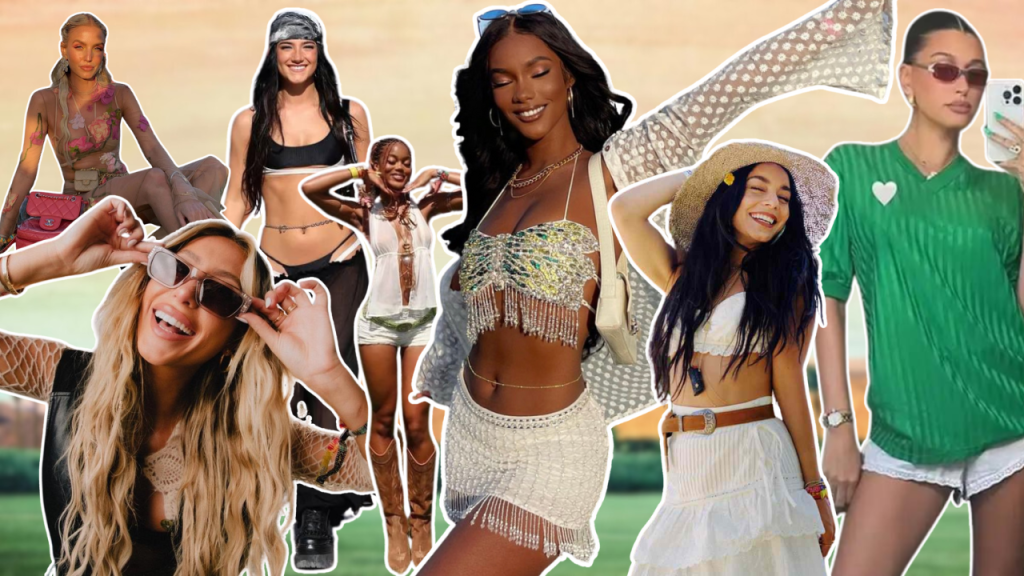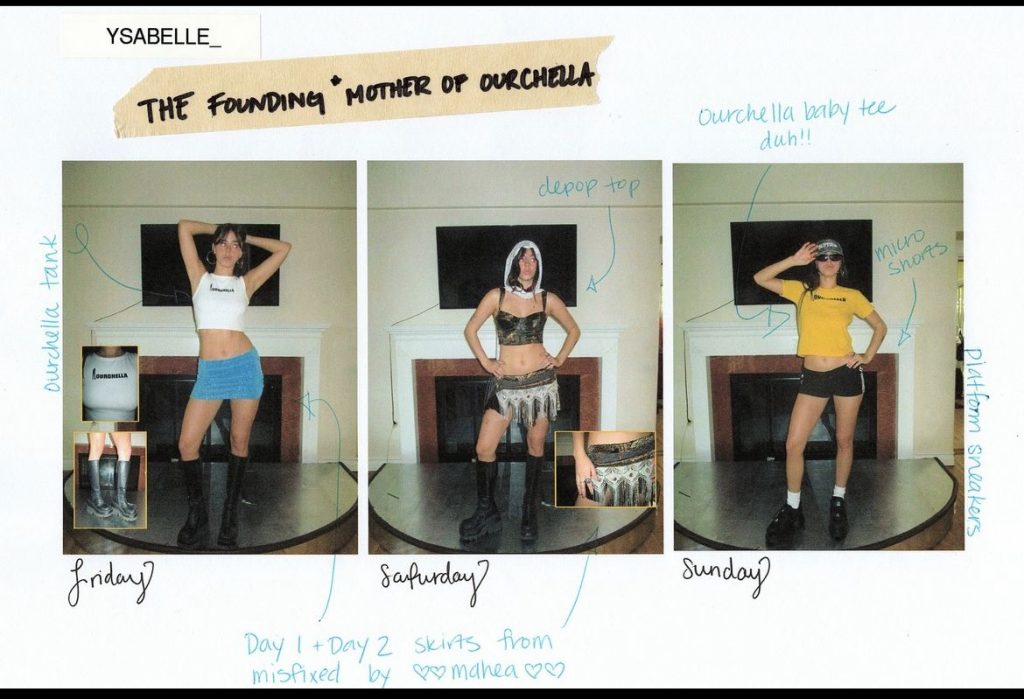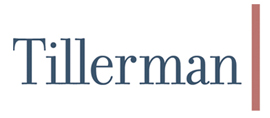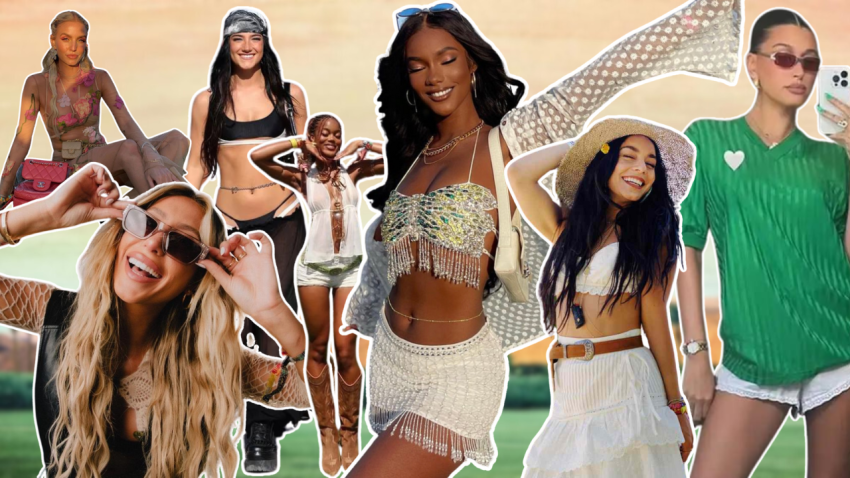The Coachella Valley Music and Arts Festival has evolved into a global cultural phenomenon, influencing fashion, art, and retail landscapes while serving as a key influencer in festival fashion trends, reflecting the zeitgeist through bohemian chic, monochromatic looks, Y2K nostalgia, and cowboy chic styles that have reshaped the retail industry.

The Coachella Valley Music and Arts Festival needs no introduction. What began in 1999 as a two-day event to provide an alternative to the low-key folk and country-style music concert has morphed into a cultural phenomenon spanning two weekends, featuring more than 300 musicians and artists. The pop culture allure of Coachella extends beyond music to fashion, art installations, and celebrity sightings, turning the desert near Indio, California, into a global touchstone for the hip and trendy. With each passing year, the festival has not only defined its unique aesthetic but has also become a significant influencer in the retail landscape.
From Grassroots to Runway
Coachella didn’t start as a fashion event, but early signs of its sartorial influence were apparent as the festival began to gain traction in the early 2000s. What was once a celebration of indie, rock, and electronic music soon turned into a runway for bohemian enthusiasts as the first generation of festival-goers swapped their practical jeans and tees for flowing skirts, crochet tops, and flower crowns.
The Mid-2000s and Bohemian Boom
By the mid-2000s, Coachella’s fashion evolution saw a distinct penchant for the bohemian chic. Pioneered by celebrity attendees whose outfits were scrutinized as much as the performances, the festival cemented its reputation as the place to showcase free-spirited, nomadic-inspired styles. This marked the beginning of what we now recognize as the fusion of high fashion with the casual, ethereal look that Coachella has come to epitomize.
A Monochromatic Interlude
In 2016 we saw a shift away from the typical bohemian vibes, with monochromatic looks dominating the festival grounds. Influencers and attendees embraced the more contemporary aesthetic by donning sleek, all-black ensembles that were a stark departure from the laid-back styles of the previous years.
The Sparkle of 2018
2018 brought a resurgence of glamor to the festival, with gemstones, bright colors, and sparkly embellishments galore. This year marked the zenith of festival fashion’s transformation from a laid-back boho vibe to an extravagant, almost carnival-esque style. Retailers responded by stocking their shelves with rhinestones, glitter, and everything else that shone.
Jumping Decades to 2019’s Y2K Fervor
In 2019, festival-goers and those following along from afar witnessed the resurrection of Y2K fashion—a nostalgic nod to the early 2000s. Brands capitalized on the trend with collections inspired by the likes of Britney Spears and Paris Hilton. Thus, the fashion cycle at Coachella brought forth a reflection of the past, offering a fresh take on vintage.
Post-Pandemic Mingle in 2022
After a forced hiatus due to the COVID-19 pandemic, 2022’s Coachella came back with a bang—literally and figuratively. The style mantra was clear—be bold. Fringe, neon colors, bold prints, and matching sets took center stage as festival-goers embraced a newfound liberty in their fashion choices after spending a year in lockdown.
Cowboy Chic of 2023
In 2023, festival fashion took a turn towards the countryside, with cowboy hats and crochet becoming staple accessories. The yearning for wide-open spaces post-pandemic was palpable, and the attire reflected just that. Yet, the Coachella fashion narrative is more than a costume; it’s a reflection of the zeitgeist, a sartorial manifestation of collective consciousness.
The Festival Effect on Retail
With each resurgence, festival fashion reaffirms its influence not just on what we wear but on the business realm of retail. Retailers have long understood the financial potential of Coachella and other major festivals. The surge in sales of items such as bohemian dresses, denim, and retro sunglasses in the weeks leading up to the festival is testament to the purchasing power of the festival crowd.
The Festival Phenomenon’s Financial Ripples
The impact of Coachella on the retail sector is more than just anecdotal. It is a tangible boon, a period during which sales margins expand and market shares shift under the temporary sway of flower-adorned festival attendees. Brands have harnessed the festival’s influence by releasing special collections, partnering with influencers, and staging marketing spectacles around the event.
Tailoring Retail for the Festival Goer
Retailers on the US West Coast witness a direct uptick in sales as festival-goers flock to their shops in search of the perfect outfit. Sales forecasts are adjusted, supply chains rerouted, and marketing efforts intensified. Brands like Revolve, Levi’s, and Nasty Gal have made festival fashion a key focus of their business strategy, with dedicated collections and chic pop-up stores during the season.
Symbiotic Relationships with Artists
Beyoncé’s 2024 hit country album “Act II: Cowboy Carter” led to a surge in sales for Levi’s and Western clothing, showcasing the symbiotic relationship between artists, festivals, and fashion. Whether it is through album cover aesthetics or direct partnerships, the music released and the looks sported at Coachella by artists have a direct impact on retail trends.
The Social and Cultural Significance of Festival Fashion
Festival fashion is more than a commercial ploy; it is a social commentary, a marker of identity, and a democratizing agent that allows individuals to participate in defining the tastes of their cultural moment. The transient nature of festival trends alongside their clear influence on the retail landscape illuminates the dynamic relationship between everyday consumers and the larger cultural ethos.
An Instagramable Era of Aesthetics
The modern festival-goer experiences and documents fashion trends in real-time, contributing to an Instagram-driven aesthetic culture. The pressure to be seen and to stand out on social media platforms has created new expectations around festival fashion. Retailers who recognize and adapt to these shifting online narratives often enjoy greater success during the festival season.

Sustainability is the New Trend
Festival fashion’s love affair with the earthy, unpretentious bohemian look is also a nod to sustainability. The vintage and upcycled attire that often find favor at Coachella shops underscore the growing consumer interest in responsible fashion. This demand for eco-friendly festival wear presents new opportunities for brands to craft and market attire that aligns with environmental concerns.
The Future of Festival Fashion
Coachella and festival fashion encapsulate an ongoing narrative of evolution, reinvention, and cyclical rediscovery. They serve as nuanced barometers of our cultural climate, attesting to the intrinsic human desire for novelty and expression. These cultural touchstones underscore the enduring value of experiential fashion and its ability to elevate the retail experience.
To stay ahead in the retail game, brand leaders must not only remain attuned to the pulse of the festival season but must actively engage in shaping the dialogue. It is through a combination of innovative marketing, adaptive product lines, and a keen understanding of the cultural currents that retailers can continue to capitalize on the festival effect. In doing so, they evolve from passive observers to active participants in one of the most electrifying showcases of modern culture.





